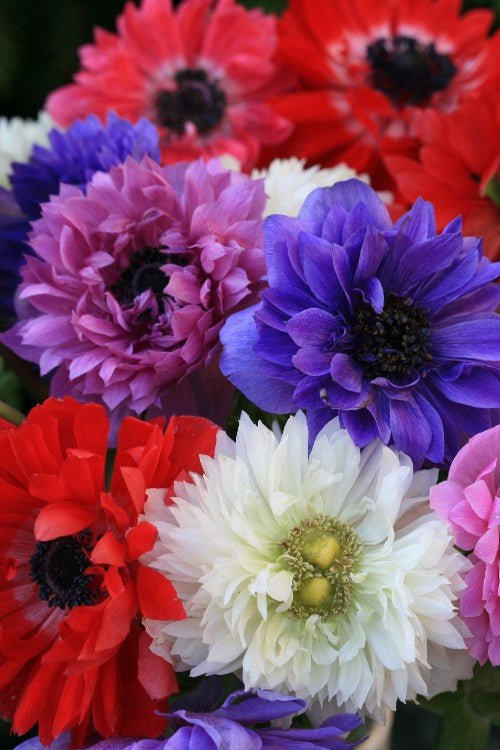
St. Brigid
599
About St. Brigid
Introducing the Anemone St. Brigid: a beautiful flower that adds a pop of color to any garden. St. Brigid Anemones are popular with gardeners across the country for their classic, showy flower heads.
- Bright, vibrant pink, blue, purple and white blooms that bloom in late spring to early summer
- Low-maintenance plant that is perfect for beginner gardeners
- Great for borders, rock gardens, or as cut flowers
- The flowers are also excellent as a cut flower
How to care for St. Brigid
- Choose a location with well-drained soil and full to partial sun.
- Plant the bulbs about 1–2 inches deep and 2-3 inches apart. Water well after planting and mulch to protect from frost.
- Water regularly during the growing season, keeping the soil consistently moist but not waterlogged.
- Deadhead spent blooms to encourage reblooming.
- In the fall, cut back foliage and store indoors (in climates zones under 5)
FAQs

